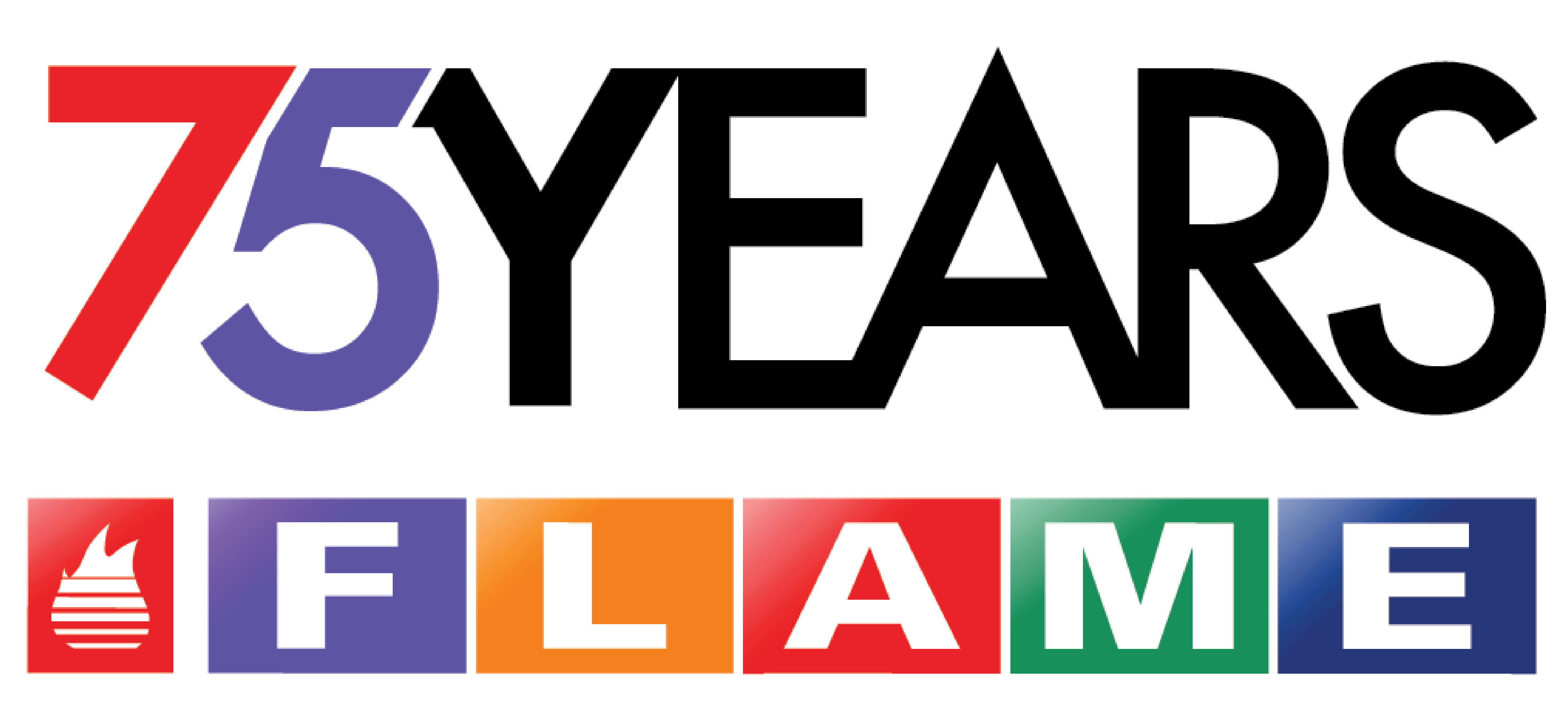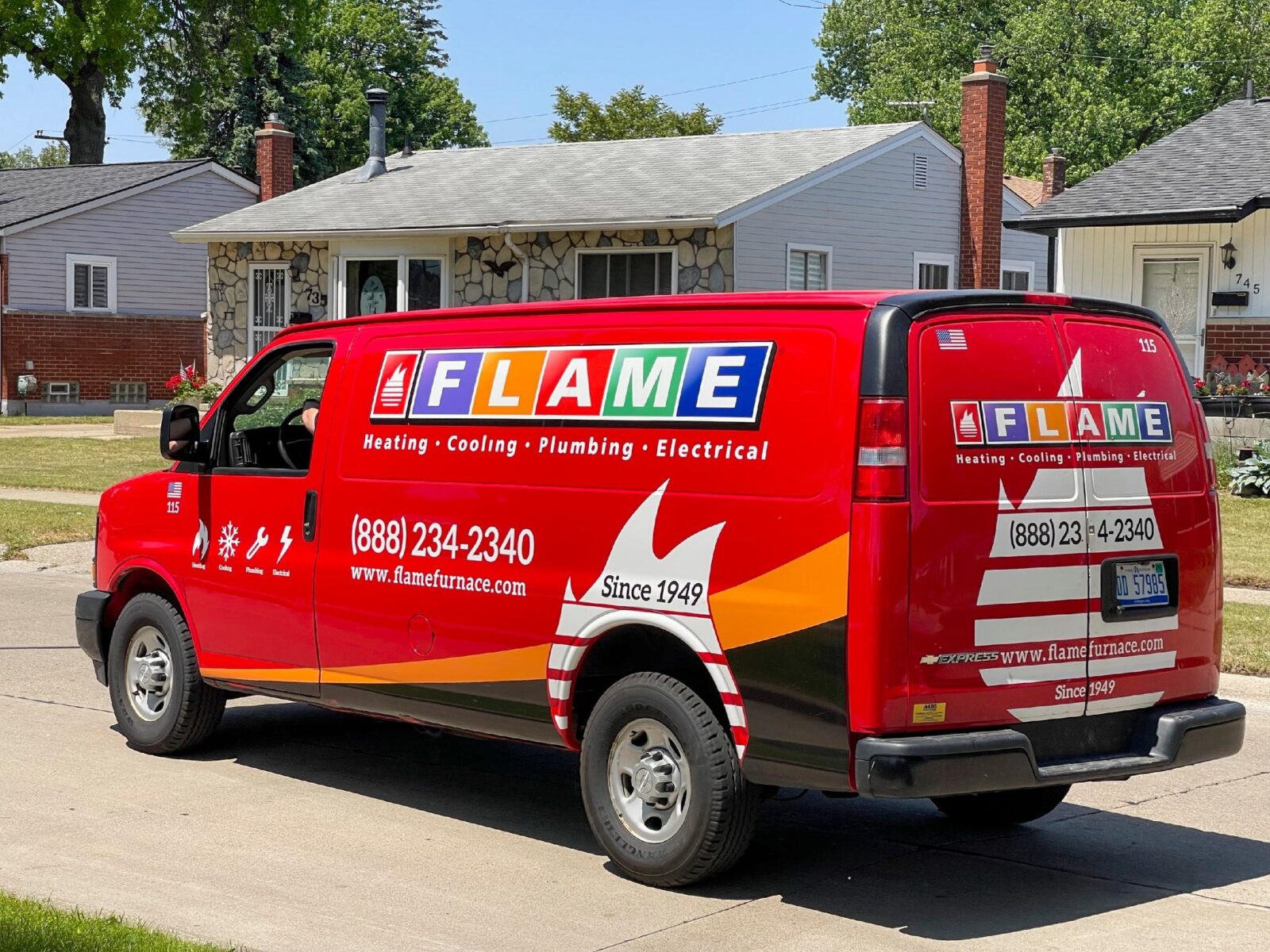Learn What Energy Savings Tips May NOT Work
Throughout life, we all hear about tips and tricks to make life a little bit easier; however, sometimes, we don’t always know if these tips are natural or are myths. Check out these myths and see if you need to change some of your ways!
Top 10 Home Energy Myths
- Setting the thermostat higher or lower will heat or cool your home faster. Homeowners often set the thermostat higher or lower than necessary, thinking it will warm or cool their home faster. Still, furnaces and air conditioners work at the same speed, no matter what the thermostat setting. A house will warm up to 70ºF just as quickly if the thermostat is set at 70ºF as it will if it is set at 80ºF. More energy may be wasted as the heating or cooling system continues to run to reach the higher set point.
- A heating and cooling system works harder to reach a comfortable temperature after a setback or set forward. Many homeowners do not adjust their thermostats at night or when their home is unoccupied because of the common misconception that the heating or cooling system must work harder or use more energy to reheat or re-cool the house, but this is not how thermostats work. The system turns on to reach a set level and shuts off when that level is reached. It operates more like a switch that shuts on and off than a car that accelerates when you step on the gas pedal.
- Energy efficiency and energy conservation are the same things. Efficiency refers to using less energy to perform a specific task. For example, compact fluorescent lamps (CFLs) can light your home using less energy than conventional incandescent bulbs. Conservation involves reducing your need for power through behavior changes, such as lowering your thermostat.
- When an appliance is turned off, it is off. Many appliances and home electronic devices continue to use power after they have been turned off—sometimes as much as if they were on. This is known as standby power or phantom load. The only way to stop the drain of energy from these devices is to unplug them.
- CFLs are more harmful to the environment than traditional bulbs because they contain mercury. CFLs contain a trace amount of mercury that can be emitted into the atmosphere if the bulb is broken. However, mercury is also emitted into the atmosphere through electricity generation. CFLs will help reduce mercury emissions because they are more efficient and use less electricity. According to the U.S. Environmental Protection Agency, a typical 60-watt incandescent bulb will result in 5.8 milligrams of mercury emissions over its lifetime, while a comparable CFL bulb will emit only 1.8 milligrams—even if it ends up in a landfill. Recycling CFLs can further reduce emissions. To recycle CFL bulbs, go to Earth911. Make sure to type in Compact Fluorescent Lightbulbs and your city to view the list. Typing in CFL won’t work.
- Leaving lights and electronic devices on uses less energy than turning them on and off. In most cases, the small surge of power needed to start a device is much less than the power wasted by leaving it on when it is not needed.
- Duct tape is the best choice for sealing ducts. Duct tape has very low durability when used to seal ducts. Over time, it will fall off as the adhesive dries out and the tape starts to wrinkle. Mastic or metal-backed tapes—available at your local hardware or do-it-yourself retailer—are better for duct sealing.
- Purchasing an efficient air-conditioner or furnace will automatically reduce energy bills. This is true to some extent, but the system must be sized correctly to achieve optimal energy savings. Installing an efficient but oversized system may negate the potential savings, while a poorly designed duct system will also affect efficiency and comfort. Windows, doors, and insulation also affect heating and cooling efficiency.
- Dimming lights by 50% will cut lighting costs in half. Dimmed lights use less power, but the relationship between light loss and energy savings is not entirely direct. Dimmer switches use a small amount of power, reducing the overall savings. Dimming lights by 50% may only result in energy savings of 40%, and the amount of savings may vary depending on the type of light in use.
- Closing off vents will help to lower heating and cooling costs. Closing or covering up vents is not an excellent way to save energy costs. Heating and cooling systems balance their load throughout the duct system. If one vent gets closed off, it throws the system off balance. Pressure can build up in the ductwork, causing leakage and reducing the amount of air circulating in your home.
So, how’d you do? Have you been doing some of these “myths?” Now that you know what doesn’t work, contact FLAME and learn about some energy savers that do!
Contact flame
Same Day Guarantee
Sidebar
contact us
same day guarantee
Same Day Guarantee
Why Choose Flame Heating, Cooling, Plumbing & Electrical?
Expect Trustworthy Service & Excellent Craftsmanship
- Same-day services
- Licensed & insured
- Free estimates on replacement quotes
- Upfront & fair pricing
- Background checked technicians
- Financing options
- Military, veteran & senior discounts
- Responsiveness & respect for the customer's time
- Expertise in our field





